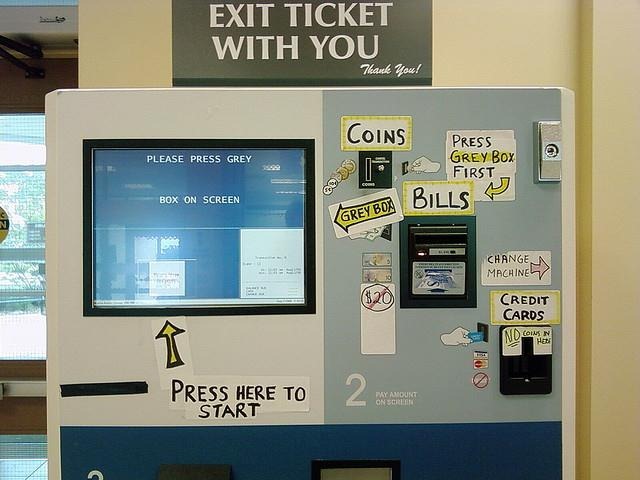Usability can be thought of as a measure of how easy a site is to use. It makes sure the site works well, so that any person whatever their ability can use it for its intended purpose without experiencing any frustration.
There are companies that offer usability and accessibility testing services. Many work with multinational companies who spend thousands of dollars on usability tests and research.
But testing doesn't have to involve a lot of expense or resources for smaller businesses. There are ways to conduct your own usability testing.
A few questions you are trying to answer are:
- Can visitors easily find what they are looking for?
- Do users understand what the company/organization offers?
- Is your site efficient, intuitive, engaging, and overall user-friendly?
Ultimately, it is the user who will decide how usable a website is.
1. Navigation
Navigation is probably the most important feature of your website. A well-designed navigation will immediately show the user how to go through your website. Studies show that you have under ten seconds to capture the attention of visitors to your site. That's how long it takes for them to decide whether not not they'll stick around. They have to figure out how to navigate through your site quickly.
Be consistent. Your menu should appear in the same place throughout your site. Be visible. The navigation should be prominent. Use colors. Differentiating active, selected, and hover links gives visual cues to the visitor.
2. Graphics And Other Design Elements
Too many graphics will slow down the loading time of your site. This can easily become a usability issue.
Keep in mind that negative space can be used a design element. Leaving whitespace between text and images makes for a strong overall design.
3. Write Well
It is very important that the writing on your site is optimized for readers who mostly scan the content.
The text on your site should be clear, succinct and informative. Keep the most vital information within the first two paragraphs.
Sub-heads and bullets help break up text and let the reader find what they're looking for faster.
Writers should not be the final reviewer of their own words. If you're able to, find someone with good editing skills who can go through your text. Take the time to run spell check one last time before before publishing.
4. Conduct Your Own Test
One of the pitfalls when working on your website is that you don't look at it through a potential visitors eyes. You may have planned how you want a visitor to navigate your site. But that doesn't necessarily be the way they will.
Ask friends and/or family to go through your site. Observe a users experience on your site. Note their body language as the pages appear on the screen. Encourage them to think out loud. For example, ask them what they think will happen after they click the submit button on a form.
If you cant observe them, make sure they give you a clear and thorough account of their experience. You may be surprised by their comments. It will provide you with a roadmap of a users experience.
It is great to stand out with a unique website design, but keep in mind that most users prefer things to be simple.

